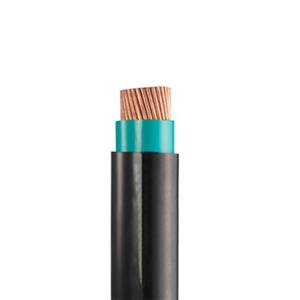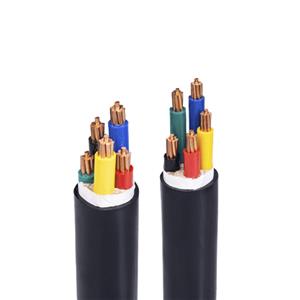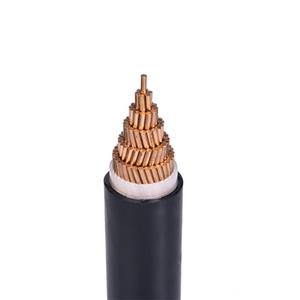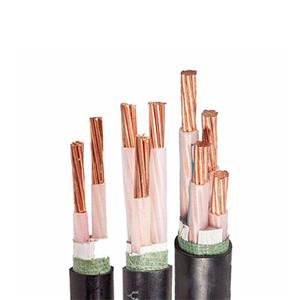The things you need to know when choosing armored cables.
In modern society, electricity flows like blood, permeating every corner of cities and villages, supporting our daily lives and industrial production. Within this vast power transmission network, armored cables are resilient "steel guards," shouldering the heavy responsibility of ensuring stable power transmission. The metal armor of armored cables acts like a sturdy suit of armor, providing powerful physical protection. When the cable is accidentally pulled or squeezed during construction, or impacted by external objects during use, the armor effectively disperses and absorbs these forces, preventing damage to the internal insulation and conductors, thereby ensuring stable and continuous power transmission.
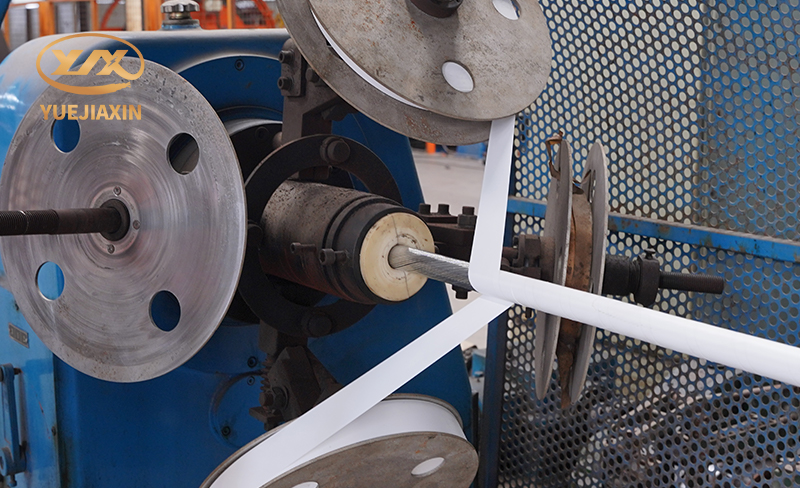
Armored cables also offer excellent anti-interference performance. With the rapid advancement of modern technology, the proliferation of electronic devices and communications equipment has led to an increasingly complex electromagnetic environment. In such environments, ordinary cables are susceptible to external electromagnetic interference, resulting in unstable power transmission and signal distortion. However, the metal armor of armored cables acts as a natural electromagnetic shield, effectively blocking external electromagnetic interference and protecting the power signals transmitted within the cable. Furthermore, armored cables offer excellent corrosion resistance and withstand harsh environments. Whether in humid underground environments, industrial environments filled with corrosive gases, or in extreme climates of high temperatures or extreme cold, armored cables operate reliably.
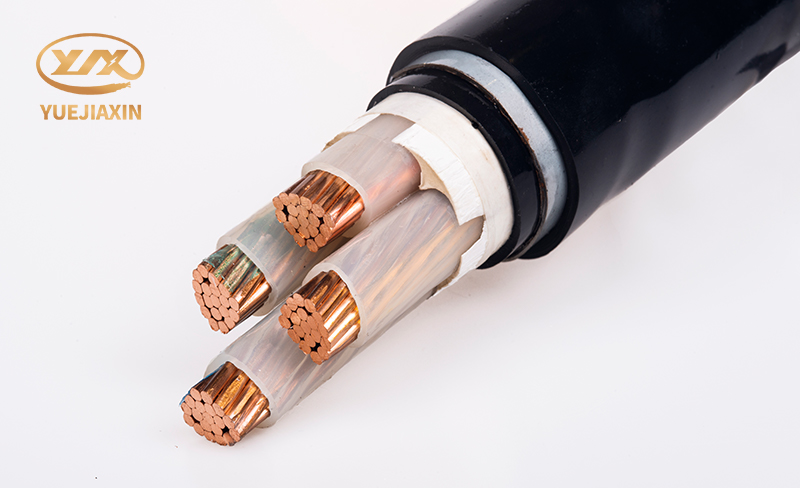
Armored cables have a wide range of applications, and the requirements for them vary significantly. In addition to considering the specific application, a thorough analysis of performance requirements is crucial when selecting armored cables. Transmission current is a key factor. High currents generate more heat in the cable. Poor heat dissipation or a small conductor cross-sectional area can lead to overheating, shortening its service life. The armor layer is a hallmark of armored cables, and its material and structure directly impact its mechanical protection and service life. Steel-tape armored cables offer high mechanical strength and compressive resistance, while steel-wire armored cables offer high flexibility and tensile strength. The steel-wire armor layer is constructed from multiple braided or twisted steel wires. This structure provides mechanical protection while also adapting to frequent bending and movement. In industrial applications where frequent cable movement is required, steel-wire armored cables can flex freely with equipment movement, resist breakage, and ensure continuous power transmission. When selecting armored cables, the material and structure of the armor layer should be carefully selected based on the specific application scenario and requirements. If the cable needs to withstand greater pressure, steel tape armored cable should be selected; if it needs to be frequently bent or moved, steel wire armored cable is more suitable.
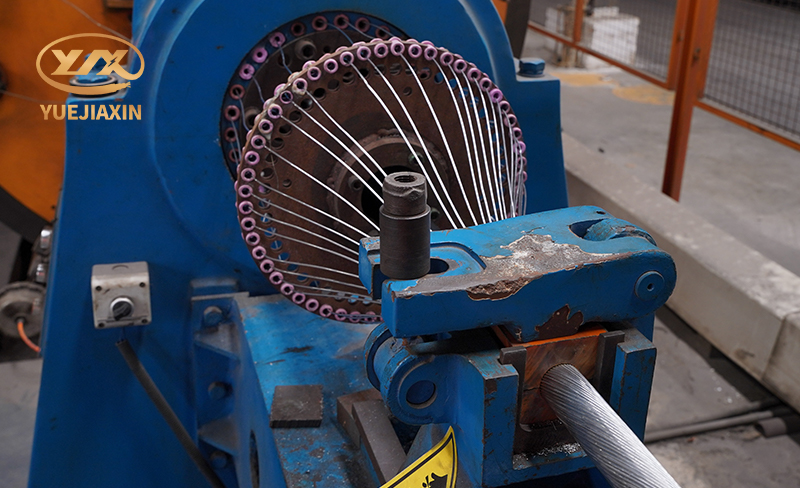
Choosing an armored cable is no small matter. It affects the safety and stability of power transmission and is closely related to our lives and work. When choosing an armored cable, consider various factors based on your actual needs and make the most appropriate choice.
- PVC-Insulated Cable
- 450/750V BV Single- Core Cu/PVC Cable
- 450/750V BVR Single- Core Cu/PVC Cable
- 300/500V Or 450/750V RV Single-Core Cu/PVC Flexible Cable
- 300/500V Or 450/750V RVV Multi-Core Cu/PVC/PVC Flexible Black Cable
- 300/500V Or 450/750V RVV Multi-Core Cu/PVC/PVC Flexible White Cable
- 300/500V Or 450/750V RVVP Multi-Core Cu/PVC/CWS/PVC Screened Flexible Cable
- 450/750V KVV Multi-Core Cu/PVC/PVC Control Cable
- 450/750V KVV22 Multi-Core Cu/PVC/STA/PVC Armoured Control Cable
- 450/750V KVVP Multi-Core Cu/PVC/CWS/PVC Screened Control Cable
- 450/750V KVVP2-22 Multi-Core Cu/PVC/CTS/STA/PVC Screened Armoured Control Cable
- 0.6/1KV PVC-Insulated PVC-sheathed Single-Core Power Cable
- 0.6/1KV PVC-Insulated PVC-sheathed Multi-Core Power Cable

